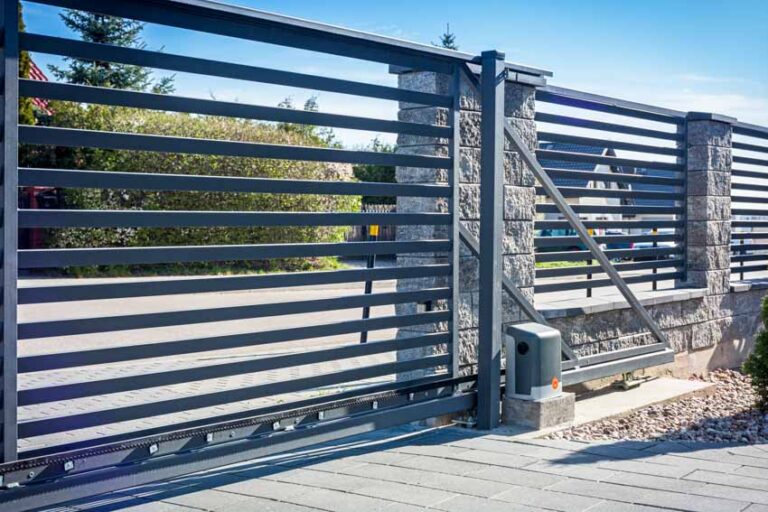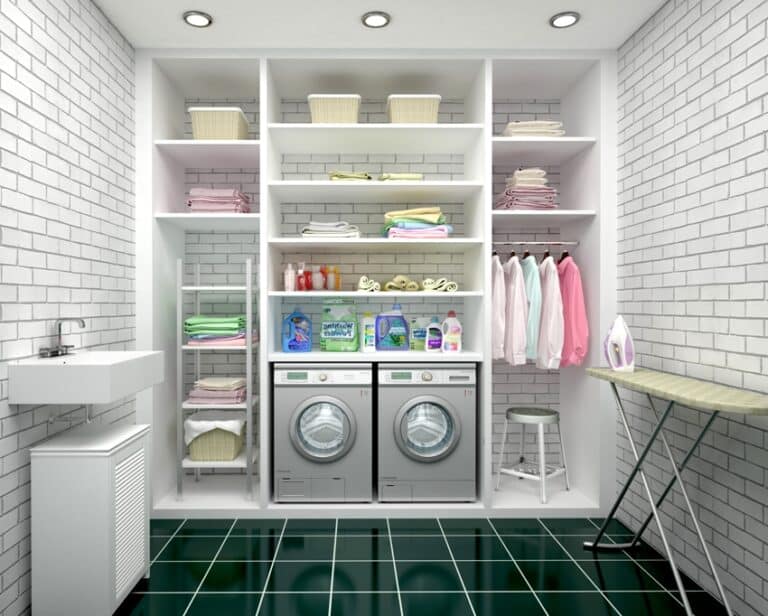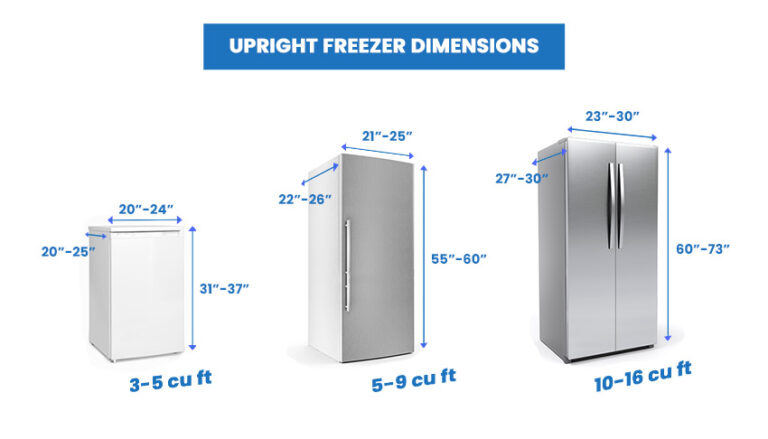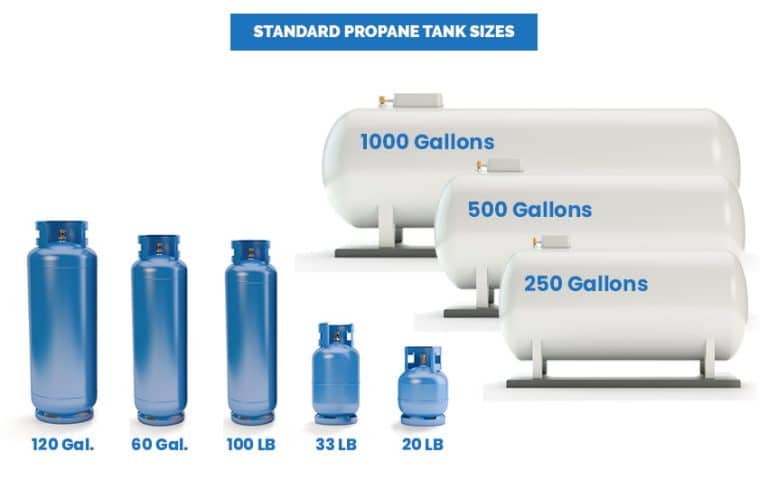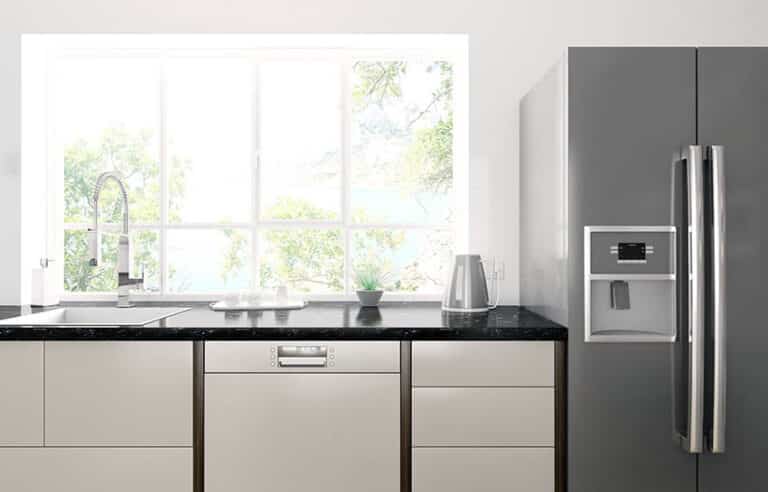Pros and Cons Of A Stackable Washer & Dryer
Here are the pros and cons of a stackable washer dryer, including the advantages and disadvantages, suggested dimensions, and if it’s a good idea for your laundry room.
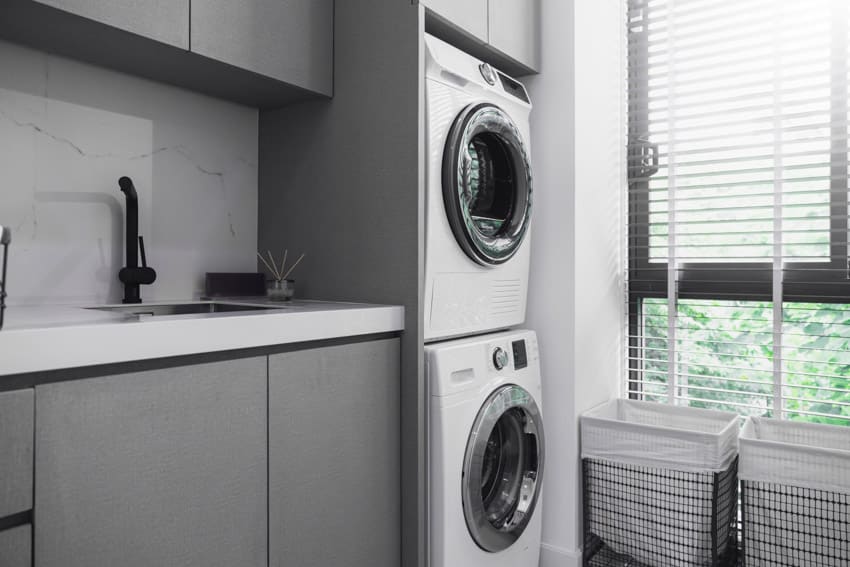
If you have a laundry room at home, there’s a high percentage that your house is spacious and can dedicate an entire room just for the house chores. A stackable washer and dryer can work wonders if you have limited space! But is it the ideal option for you?
Before you go ahead and buy yourself a stackable washer and dryer, it is important to weigh the pros and cons of buying your unit.
Advantages Of Stacking Washers And Dryers
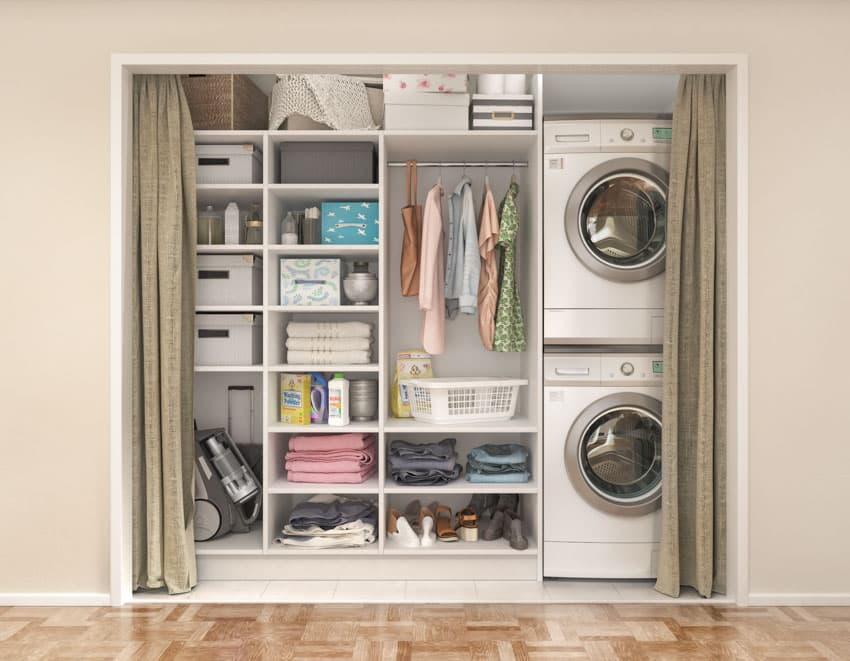
Stackable washers and dryers are known to be convenient for homeowners, which is how they became popular in the first place. If you are considering one for your own, there are several benefits to get excited about.
Saves Space: Stacking appliances helps you save space since you cover less area than installing them side by side.
When stacked, the standard height of the washer and dryer is around 74 to 76 inches, while its width is around 23 to 28 inches, taking up less space since it will be doubled side by side.
Washers and dryers feature a stacking option and don’t need to be bought in the brand from the same store. You would need to make sure to have the right dimensions so that stacking them together would be seamless and not feel forced and awkward.
And yes, even if you have a lot of space for your laundry area, stacking the washer and dryer together will allow you to use the free space for other important tasks. You can use the extra space for shelving detergent and other laundry essentials or create a folding station.
Flexible: These units are flexible because you can re-arrange them in different layouts, which would still work effectively.
Whether you stack them together or place them side by side, they will work as long as you follow the installation instructions of their respective manufacturers and reverse them when you need to unstack them.
This is an attractive option if you easily get bored with a room’s layout and design and are fond of re-arranging and styling a room’s interior now and then.
Easily Hidden: If you don’t want a reminder of your laundry and the house chores, you can keep them out of sight. These appliances can also be easily hidden and kept neat and orderly in a cabinet.
Gentle on Clothes: They come with a front-load washer feature, which offers a gentle tumble compared to the strong beating offered by a top-load washer.
While it may take longer, your clothes will be washed more evenly since the wash and rinse cycles will be more thorough. You can also benefit from less drying time since the clothes wrung out better during the spin cycle.
Convenient to Use: Stackable and front-load units are more convenient because you can easily load your laundry to the appliances. You don’t have to bend too much to lift your dirty clothes to load them in your appliance. Tossing them works enough.
Energy-efficient: With a front-load washer, you only need less water mixed with detergent for the washing without decreasing cleaning performance. This also lessens the possibility of leaking. With less water used comes a lower water bill you can benefit from.
These units, using less water, also lead to less energy used. These appliances also have a note informing the users of the unit’s energy efficiency so you can check it out before purchasing one just to be sure.
Tip: Make sure to use high-efficiency detergent if you have front-load washers since they are not designed to deal with a lot of suds that other detergents usually produce.
Disadvantages Of Stacking Washer And Dryer
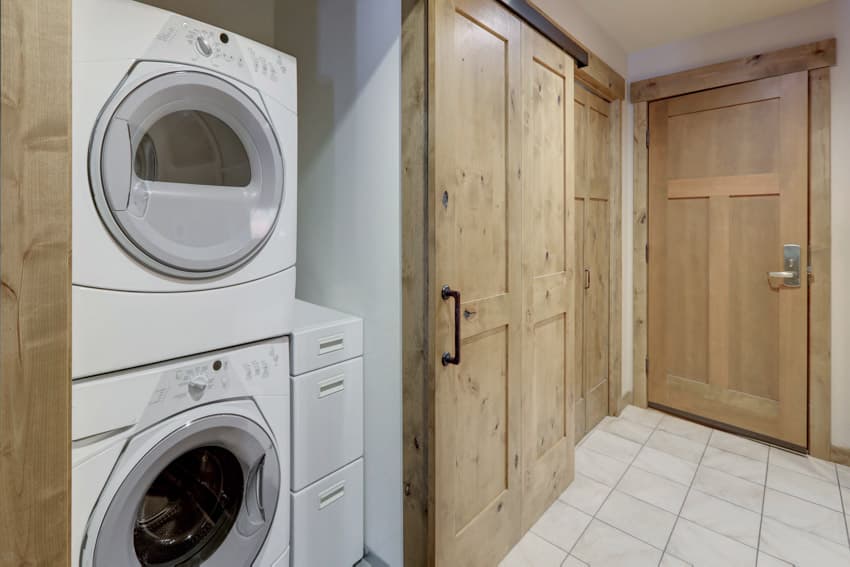
With these benefits, there are also hassles you are expected to experience if you choose a stackable washer and dryer. Weigh these disadvantages along with the benefits and figure out if you can take these hassles.
Small Loading Capacity: These appliances save space, but it also means they have a smaller loading capacity than other types. A compact stackable washer only measures 2.5 cubic feet, much less than a standard washing machine‘s typical 3 to 4 cubic feet.
Limited loading means you will take more time with your laundry, loading the unit with smaller loads several times. This makes it not ideal for a home with a large family. There is also an option of finding bigger products, but they come with a high price tag you must be ready for.
Can Be Out-of-Reach: The dryer is elevated with a layout that involves stacking. And this can be a big problem for short people (Yes, even if it’s a front-load dryer).
Tip: Keep a stool near your stacked washer and dryer units to have it ready at hand whenever you need to use it.
Expensive: While energy-efficient, stackable washers and dryers come at high prices, ranging from $750 to $2,400 per unit. These prices are considerably higher than the top load units, around $275 to $459.
The higher price tag is fair considering the technology required for these appliances to save space and energy and, at the same time, be efficient in their function. You can also choose between the option of gas-powered or electric-powered.
Tip: While expensive on the get-go, using a stacked washer and dryer is cost-effective in the long run since it saves water and energy, leading to a small utility bill you must pay monthly.
Needs More Maintenance: Choosing a stackable appliance means choosing the more thorough task of required maintenance for the units.
Compared to top-load units, front-load units have a faster buildup in the rubber gasket, requiring more frequent cleaning. This buildup can lead to mildew and mold.
Screws, venting, and other parts of your appliance also need checking for issues that must be fixed and if they are securely stacked.
Tip: Wipe down your washer every after load to avoid buildup and keep it open to air dry. Make sure to reach all the nooks in the washer and air dryer. And schedule a deeper cleaning every few months using a toothbrush and soap.
Have Fewer Features: Since stackable units are compact, expect that they are basic in their functions. Most compact units only have washing and drying functions, not advanced settings (like heat pump technology, steam washing, and Wi-Fi capabilities) in premium and expensive units.
How Tall Is A Stacked Washer And Dryer
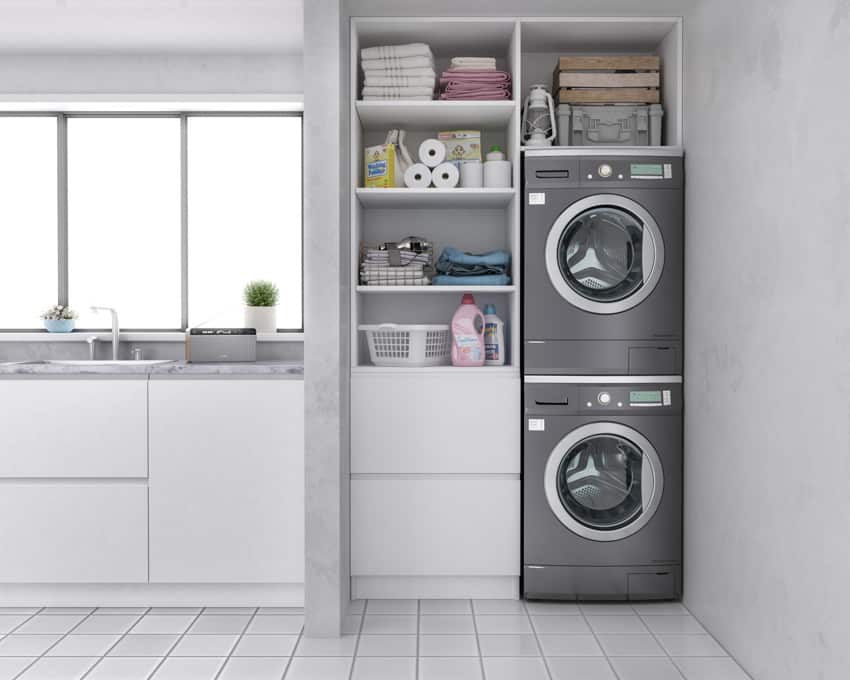
A standard stackable washer and dryer can reach 74 to 80 inches when assembled, which is a good number for a normal ceiling height of 96 inches.
If you plan to have this setup for your laundry area, you might want to measure the height of your ceiling first so that you can adjust accordingly and buy units that fit in your home.
Stackable Laundry Washing Machine And Dryer Width
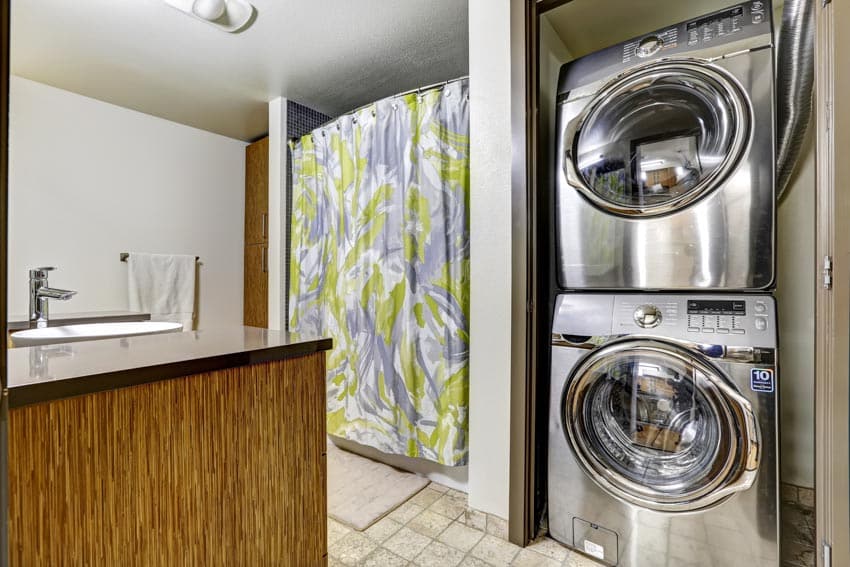
Regarding its width, stackable washer and dryer dimensions are around 23 to 30 inches per unit, with an average of 27 inches.
While this factor won’t affect your layout if you plan to install them stacked one after the other, it will be an important component if you decide to position the units side-by-side.
What Is the Smallest Stackable Laundry Unit?
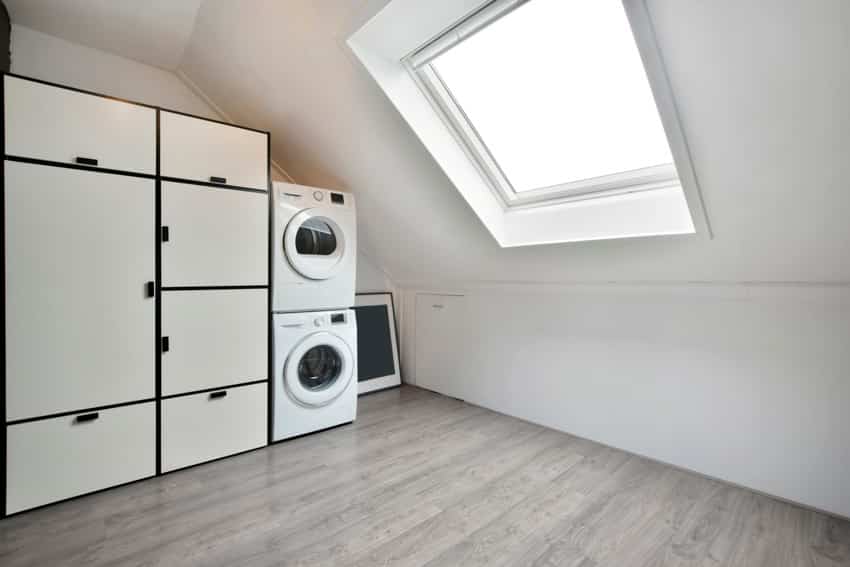
Choosing the smallest stackable washer and dryer is a good option if you plan to save as much space as possible. The smallest unit measures 23-inch wide and 2.2 cubic feet.
If you need the smallest unit possible, you may want to check out a laundry center that is one combined unit. This lower-cost option can save you even more space than two separate stackable machines.
Can Stackable Washer Systems Be Unstacked
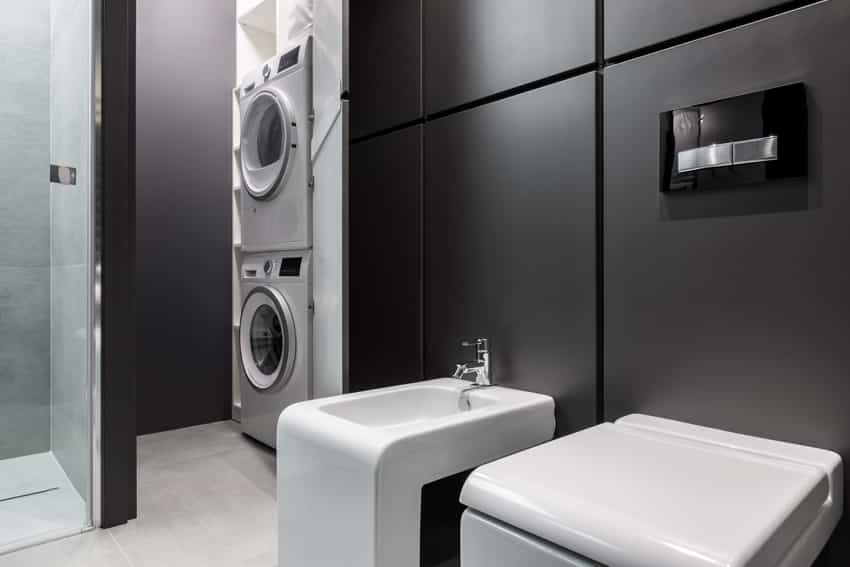
Yes, stackable washers and dryers can be unstacked. You only need to read the manufacturer’s manual and reverse the initial installation steps to unstack them into single units.
Are All Front Load Washer And Dryers Stackable
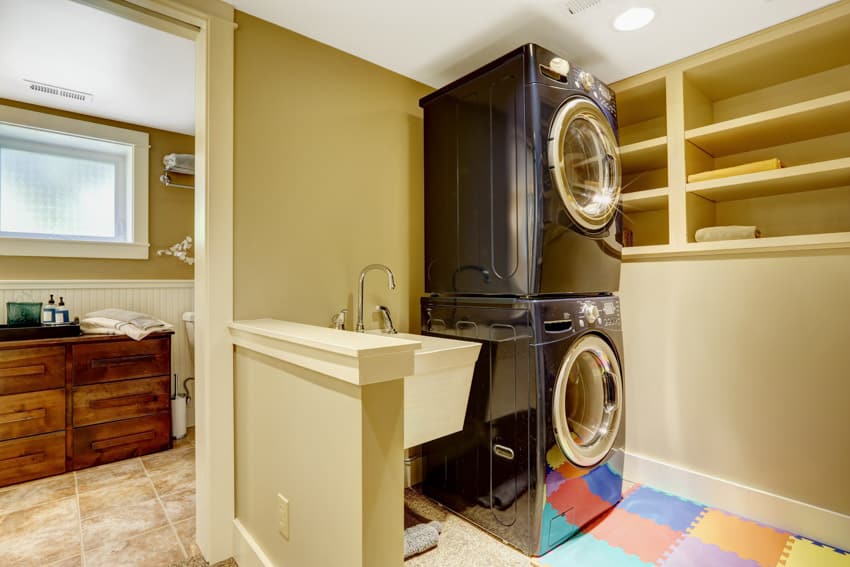
No, not all front-load washers and dryers are stackable and you need to check out their features to see if they are. However, all stackable washers and dryers are front-loaded since you can’t stack top-load units.
Do Stackable Top Load Washers Need A Vent?
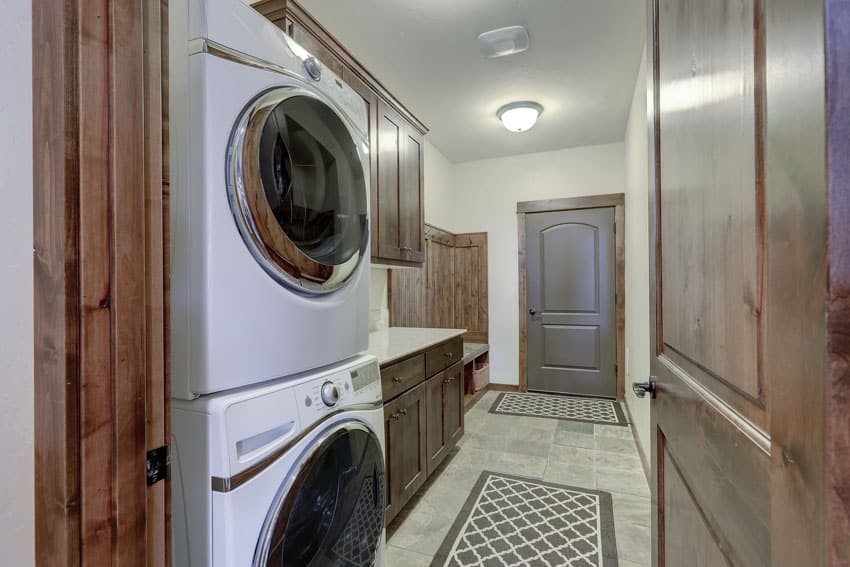
Some stackable washers and dryers do not need a vent, even if a standalone dryer normally does. But this would all depend on the unit and model you have at home.
Check out the features of your washer and dryer and see if there’s a ventless option in it. Condenser dryers are known to be ventless, so if that’s what you have, then suffice to say you don’t need a vent for it.
Can You Stack a Full-Size Washer Machine System?
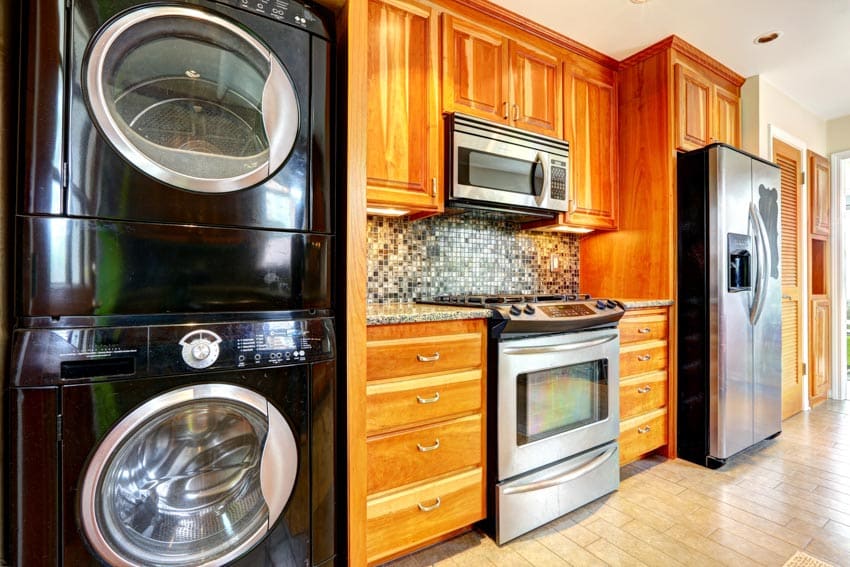
Yes, you can stack even a full-size washer and dryer as long as you have a stacking kit. The full-size washer and dryer need to be labeled as stackable to make this possible, especially if you have limited laundry room dimensions.
Are Stackable Washing Machines a Good Idea?
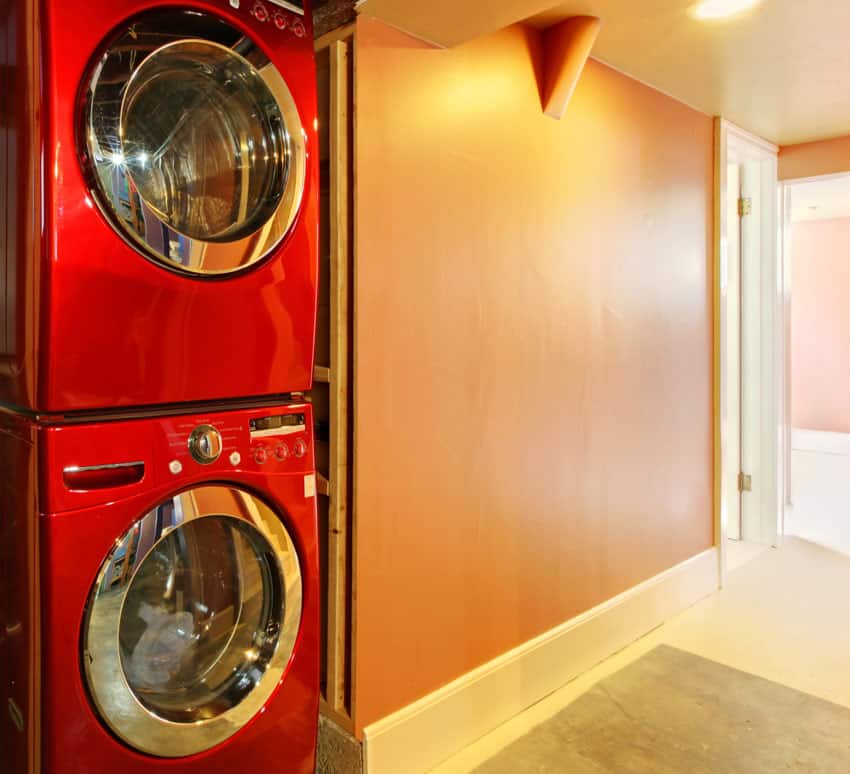
Evaluating whether a stackable washer and dryer is a good idea would depend on your circumstances and your home’s space. In general, though, yes, it’s a good idea!
If you have limited space at home and need to save space, it is a good solution to consider despite the costs that may come with it. If you have a big family, you might choose a full stackable washer and dryer rather than a compact unit to accommodate more clothes per load.
If you have a spacious home, you can still have a stackable washer and dryer as a good addition. The saved space can be used for folding and ironing areas or as extra storage for laundry detergent products and supplies.
See more related content in our article about laundry room flooring on this page.

